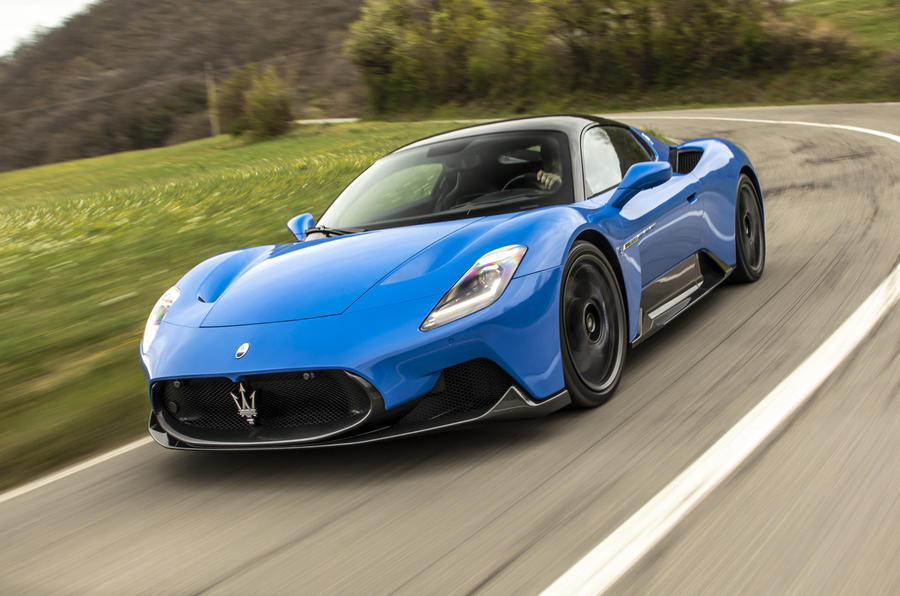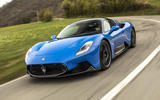What is it?
Maserati knows it can’t mess this one up. There’s just too much at stake. The MC20 is described as the start of a whole new era for the fabled Italian car maker, the performance figurehead for a new generation of models intended to cement its standing among some very creditable competition and lead it into the future.
The importance attached to the new car, the first in-house developed mid-engined Maserati in a generation, is reflected in the way it has been developed.
This is not a Maserati in the traditional sense. Rather, it has been engineered using new digital processes that have enabled the new two-seater to go from conception to production in just two years. They’re borrowed largely from motorsport, ensuring rapid prototyping through a combination of computer-aided simulation and conventional road testing.
“When we started the project, we decided to go a different way to that used in the past," says Federico Landini, MC20 vehicle line executive. "A lot of the development has been carried out digitally with new partners, many from motorsport. It didn’t just involve the car, but a new engine as well. The processes involved have been key to allowing us to deliver the car on time in a period that has otherwise been very challenging.”
A fresh new start for Maserati, then. The MC20 name, however, adheres to convention first established by Maserati early this century: MC stands for Maserati Corsa (Racing), with the numeral designating the year the new model was revealed.
Priced at £187,230, it's aimed at some mid-engined rivals with very strong credentials, among them the Ferrari F8 Tributo, Lamborghini Huracán and McLaren Artura. Production has just started in Modena, with UK deliveries expected in the middle of this year. Maserati is looking at annual volumes of around 1500, split between the road-going version driven here and upcoming racing versions of the MC20. The idea is the leverage their standing within the ranks of the supercar and motorsport elite for the more volume-orientated Maserati Ghibli, Maserati Levante and Maserati Quattroporte models, in the process establishing a more engineering-led and sporting image for the brand.
It’s a strategy Maserati has tried before, of course: the first mid-engined Maserati was the Bora, launched in 1971.

The basis for the new car is an advanced carbonfibre monocoque. It is designed to underpin both petrol and pure-electric powertrains, with substantial aluminium subframes at either end. The structure is claimed to be the most rigid that Maserati has placed into production so far, exceeding even the high engineering standards of the ultra-low-volume Ferrari Enzo-based MC12 launched in 2004. It’s relatively light, too, helping the MC20 to achieve a kerb weight of 1475kg.
















































Join the debate
Add your comment
I miss the 3200GT boomerang rear lights, that said Maserati to me.
Also, I'd have this in Trofeo green with red and black accents.
@abkq
Agree, this car looks 'generic supercar', I wouldnt know it was a Maserati at a glance.
The interior on this example is pretty dire, about what a Noble would have looked like in period!
If this car was in a better colour choice with a nice Tobacco leather interior, I am sure it would 'pop' the eye more.
However, I really want Maserati to survive, and this is a whole lot more exciting than a Levante!
Forza Maserati.